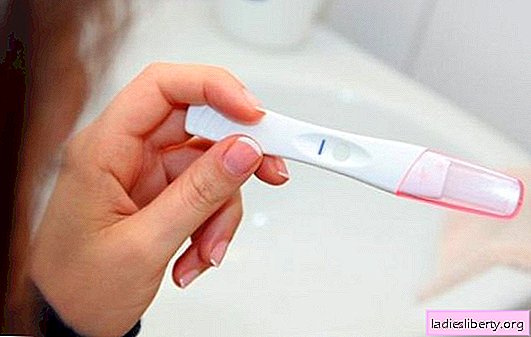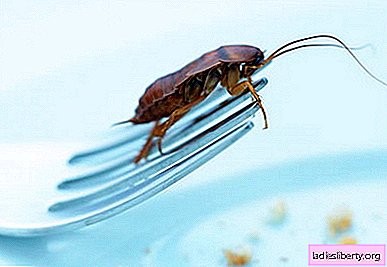
Diabetes in dogs is an endocrine disease caused by changes in the functioning of the pancreas, the result of which is a violation of metabolic processes and a decrease in the level of the hormone insulin. Most often, middle-aged dogs (from 6 to 9 years old) suffer from the disease. Bitches are more prone to disease than males.
Causes and types of diabetes in dogs
Risk factors for the disease include:
• obesity;
• chronic pancreatitis;
• stress;
• physical inactivity;
• hormonal disorders;
• heredity.
Like humans, dogs have two types of illness: I (insulin-dependent) and II (non-insulin-dependent). Both species are characterized by insulin deficiency, but in the first case it is absolute, and in the second it is relative.
Type I diabetes in dogs
The pancreas no longer secretes enough insulin, a protein hormone that is responsible for glucose control and cellular energy supply. The inability of the pancreas to produce insulin leads to an increase in sugar content, which has a devastating effect on the digestive tract, nervous and circulatory system. The causes of the disease are most often associated with autoimmune lesions and a genetic predisposition.
Type II diabetes in dogs
The disease is characterized by a gradual development and less severe symptoms. The pancreas produces insulin in a sufficient or slightly reduced amount, but the cells of the body do not perceive the hormone. With inadequate or untimely treatment, the disease can degenerate into type I diabetes, and also cause hypertension, vascular damage, trophic ulcers and gangrene.
Symptoms of diabetes in dogs
Early detection of the disease is one of the main reasons for successful treatment. Owners should be very attentive to changes in the behavior and condition of the four-legged friend.
The following clinical manifestations indicate the onset of diabetes in dogs:
• Light urine, excessive and frequent urination: glucose molecules remove fluid from the body. Loss of water can lead to a deficiency of potassium and sodium - electrolytes that regulate vascular tone.
• Dehydration and intense endless thirst: the animal is trying to compensate for fluid loss by increasing water intake.
• Visual impairment, cataracts, lens opacities: elevated sugar levels damage the blood vessels of the retina.
• Increased food intake, accompanied by weight loss: glucose no longer enters the cells in the right amount, carbohydrate levels drop sharply. As a result, muscles and fat become the source of energy, which leads to exhaustion.
• The smell of acetone from the mouth.
• Lethargy, apathy, depression.
• Noticeable on palpation enlargement of the liver.
• Gastrointestinal Disorders: abdominal pain, vomiting, diarrhea.
• Skin pathologies, hair loss.
In rare cases, an animal develops tachycardia, hind limb weakness, and poor wound healing. If you suspect your dog has diabetes, contact your veterinarian as soon as possible. Remember that a strong decrease or, conversely, an increase in blood sugar can lead to a diabetic coma.
Diagnosing and treating diabetes in dogs
If there is a suspicion of lack of insulin secretion, veterinarians carry out a set of measures aimed at accurate diagnosis: visual and tactile examination of the animal, general and biochemical blood tests, monitoring of hemoglobin and glucose concentrations, hormonal and urine tests. If you suspect a pathology, an ECG and an ultrasound of the digestive tract are necessary.
Treatment of the disease includes relief of symptoms, achievement of stable glucose indicators, and prevention of worsening. In order to normalize the sugar content, insulin therapy is practiced, the frequency of which is determined by the attending physician. Dogs receive porcine insulin with a prolonged effect.
To regulate the water balance, the animal is shown vitamin-mineral complexes, injections of piturin (intramuscularly) and instillation of adiurecrin in the nasal passages. Remember that diabetes is not a sentence, with timely and proper treatment, you can minimize insulin injections and achieve a stable remission.
Dog ration
A diabetic pet needs a carefully selected fractional diet. It is necessary to feed the dog in equal small portions at the same time up to six times a day. Alkaline mineral water is good for quenching thirst. Veterinarians recommend supplementing the diet with L-carnitine, selenium, zinc, magnesium, vitamins A, B6, B12, E. These elements are responsible for improving the sensitivity of cells to insulin and stimulating glucose uptake.
Food for a diabetic dog is characterized by high protein and fiber. Fat-free sour-milk products, dietary meats (turkey, veal, beef, rabbit), boiled egg white, steam omelet, cabbage, pumpkin, Jerusalem artichoke, zucchini are allowed.
Sugar-containing and flour products, corn and wheat flour, oatmeal, canned foods, spices, cream, fatty meat and fish, white rice, vegetables and fruits containing a large percentage of fast carbohydrates: onions, beans, carrots, beets, should be completely excluded from the diet potatoes, garlic.
Preventative measures
Since in 80% of cases diabetes in dogs is a hereditary disease, there is no need to talk about the prevention of the disease. However, owners can reduce the risk of pathology if they adhere to the following recommendations:
• Control the animal’s nutrition; avoid overfeeding. Exclude fatty, sweet, floury, spicy, smoked and fried foods. A balanced menu should include complex carbohydrates, fiber and high-quality proteins.
• Provide your pet with a moving lifestyle. Exercise, long walks and games prevent the occurrence of excess weight. Avoid stress.
• Diabetic prone females are shown sterilization.
Bring your dog to the veterinarian regularly for preventive examinations and tests if he is genetically predisposed to the disease or belongs to the breeds most often suffering from diabetes: Labrador, Dachshund, Pomeranian, Pug, Doberman, pygmy poodle, beagle.











